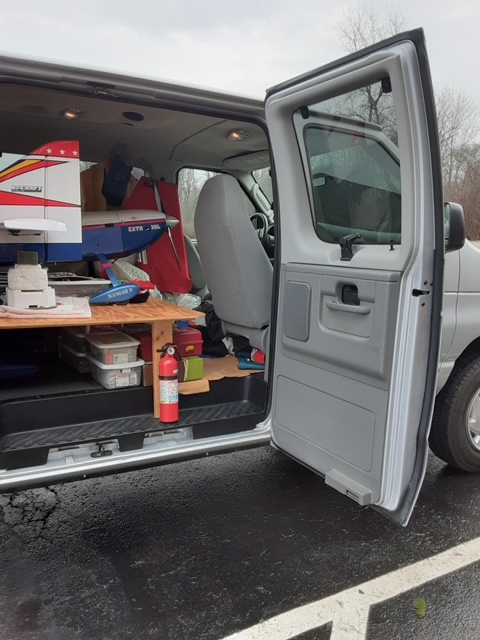IMAC Flying Safety Considerations
While most all activities that we do have risk, flying IMAC certainly has significant safety considerations associated with it. Thinking thru “what ifs” in advance will make you better prepared to avoid or handle situations that may arise in a safer manner. As in flying precision aerobatics, preparation will make you perform better as the need arises unexpectedly.
To begin with, we are likely flying at remote from populated area locations (that are sometimes un or less familiar to us) , where it likely will take longer to get to an emergency room or help from first responders in the case of an injury accident. Not only for injury transport or for ambulance response time, but law enforcement response time, like for example if someone somehow is aggravated by our flying, views that we are trespassing or is otherwise threatening us. While avoidance/ de-escalating the situation may be the first step to take, you may consider carrying a can of spray mace in your vehicle for some protection. As a long time participant in this activity, it is hard for me to think how we were out at the flying field before cell phones being common. Obviously having the cell phone (with service) within reach is a very helpful step to getting help. Know the address of the location that you are flying at and be able to provide directions to it. Having someone with you improves your safety significantly.
Carrying a first aid kit in your transportation vehicle is a basic first step. Try to think thru how you would respond to unexpected occurrences, like insect/ other animal bites, cuts or getting gas in your eye, etc. Consider taking first aid training. Having a fire extinguisher (rated for automobile fires) safely mounted and readily accessible in the vehicle is recommended. We are carrying gas and batteries with us, which both have fire risk. Having basic on the road vehicle repair tools, flashlight, safety markers/ road flares for use in the case of vehicle breakdowns and a tow rope for breakdowns or stuck vehicles. Jump start batteries are increasingly available with more different varieties to choose from and carrying one with you makes you more prepared for various scenarios that may develop.
Keep adequate water and food on hand not only for your planned activity, but for an accident scenario.
Keep weather gear and cell phone storm forecast available. Know in advance where you would take shelter in the case of dangerously severe weather.
Regarding flying, know the footprint limits of the site where you are flying and stay within them, especially to avoid risk to others. It is VERY difficult to judge your flying footprint while piloting R/C models. Use another (preferably knowledgeable) person to advise you of your footprint as you are flying. A spotter is also necessary to keep look-out for full scale aircraft that may come into the area that you are flying at (to follow AMA’s “see and avoid” practice; reread AMA Safety Code) and advise you of what action is best to take. This is especially relevant in light of the higher altitudes often reached while flying IMAC sequences.
Plane tie down and engine starting practices are of utmost importance. Secure tie downs are required. It is likely not necessary to run a large gas engine up to full power while the plane is on the ground. Two people present during starting greatly improves safety. As a holder/ assistant, be familiar with the location and operation of the engine kill switches on the plane and radio transmitter. Consider using a stick or glove when flipping a gas engine propeller for starting. Be especially wary when flipping the propeller of an unfamiliar engine. In my view, tie down of electric powered planes is even more important, as the potential for unexpected motor run is greater. Be aware of wind gusts blowing the plane during starting. In high winds, it may be necessary to have a helper walk the plane out to a safe location to release it for takeoff. Similarly, running engines must be shut off at a safe distance from the pit area, especially after landing in high wind conditions.
While current radio control systems are very reliable, failures of them can unexpectedly occur for various reasons. Check the condition/ charge of flight control batteries often. As a R/C pilot, it is your responsibility to be prepared for unexpected flight of your plane to occur (like brown outs or lockouts). In the case of unexpected flight, land safely to investigate.
At IMAC events, consider discussing a safety topic at the pilots meeting.
Adults should note that younger (and other adult) people are likely to follow their lead, including safe (or unsafe) practices. Be the one to set the safe example.
Hopefully this article motivates you that with some thought in advance of how to handle potential situations that may occur, our safety will be improved.
